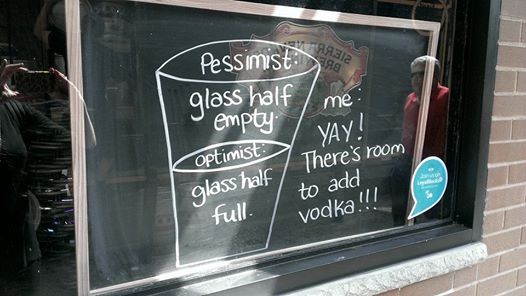Every once in a while I get asked why I think people with Type 2 diabetes aren’t as active in social media as people with Type 1. We see a strong representation of people living with Type 1 in social media. Type 1s share their daily triumphs and trials, most presenting a defiant warrior-like stance in the face of “ducking fiabetes.” When we look for the Type 2 voices in social media we find fewer and they are often muted.
I used to think it was because of the age difference. Now I’m not so sure that’s the case. There are plenty of people of all ages active in social media over all.
Another thought I’ve had is that for most people with Type 2, diabetes is not central to their sense of identity. They had a whole life before diagnosis. They didn’t grow up being told their lives would be somehow limited by this chronic disease. But now it figures largely in daily routines and visions of the future.
Lately a new theory has entered my mind. It’s the idea that we tend to look at diabetes as a glass half-empty kind of thing. Much discussion about living with Type 2 diabetes centers on all the things that have to be (or should be) taken away. Carb-heavy comfort foods. Carefree daily routines. Worry-free futures that promise good health.
The emptiness of the glass shows us what is gone, never to return. There’s a sense of loss. There’s the feeling of mourning. What will replace it? Restrictions. Complicated medicine routines. Society’s blame and shame.
But what if we chose to fill that empty part of the glass with good stuff instead?

